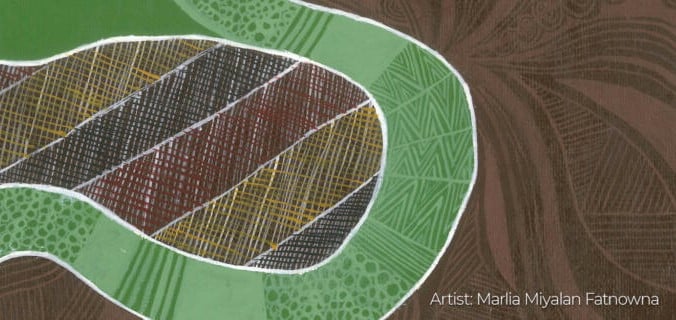Small Court House. Big History.
History
It was Whadjuk country, on the banks of the Derbal Yarigan, that Captain James Stirling chose to establish Perth as the administrative centre of the Swan River Colony. Of prime importance was the development of a court system to maintain law and order in the fledgling frontier settlement. Colonists expected to have the institutions of their homeland replicated, despite the cultural and justice systems already existing carried out by the Aboriginal peoples who had been living in the region for over 45,000 years.
Early court hearings took place in the Anglican Church of St James, a small wattle and daub building with a leaky thatched roof on the corner of Irwin and Hay Streets. However, the Colonial Government desired a building that was fit for purpose so on 5 February 1836, Governor James Stirling called for tenders to build a substantial court house for the young community of just over 600 settlers.
Limited government funds dictated a simple design. The local gazette deemed civil engineer Henry Reveley’s design ‘chaste and appropriate’ yet lamented its rather barn-like appearance (the distinctive Doric entrance in Classical Greek Revival style was a later addition). Whilst not a decorative masterpiece, the construction was strong. The Court House is made of quarried stone, and the later additions from locally-made bricks. The entirety of the building was rendered and painted in more recent times.
The result was the largest public building in Perth, a clear representation of the supremacy of British Law. Opening with the Quarter Sessions on 2 January 1837, the courthouse was used for its original purpose for much of the next 130 years. The Supreme Court operated out of the Old Court House from 1863-1879 and later the State Arbitration Court from 1905-1964.
Originally on the Buneenboro (Perth Water) foreshore until reclamation works pushed back the waterfront, the site of the Old Court House and its surrounding area is of great spiritual and cultural significance to the Whadjuk-Noongar people. However the trial of Aboriginal people under a foreign legal code and in a foreign language turned the court house site into a place of suffering. In 1842 the Crown prosecuted Weewar, a Binjareb Nyungar warrior, for carrying out tribal payback, a punishment sanctioned under traditional Aboriginal Lore. Weewar’s trial set a precedent in Western Australia which determined that British Law took precedence over Aboriginal Lore.
For settlers, the Court House quickly became the hub of community life. In addition to its primary use for court sessions, the building served as a temporary church for all denominations. It also soon hosted a school, weddings, meetings and popular entertainment in the form of musical recitals and amateur theatrical performances.
One of the most important public meetings held in the Court House would have a major impact on the development of the colony. On 23 February 1849 some 200 settlers crammed into the courtroom to petition for the establishment of a Penal Colony. The following year convicts arrived in Western Australia.
Today the Old Court House is the oldest building in the City of Perth. It houses the Old Court House Law Museum, which explores the development of the justice system in Western Australia and has an important duty in truth-telling regarding the injustices this system has caused to First Nations Peoples. The consequences of this discrimination are still widely felt throughout the community.
Although the building now seems small, the Old Court House has a big history to share.
Heritage
Heritage Significance
The Old Court House is a cultural heritage site of high state significance. It is the oldest building in the City of Perth today, dating back to 1836. Its construction predates the convict era, providing an important record of building techniques and materials used by early British settlers.
The Old Court House has been included on the following heritage registers:
- Heritage Council of Western Australia’s State Register of Heritage Places (14 February 2003)
- Australian Heritage Commission’s Register of the National Estate (21 October 1980)
- The National Trust (WA) Classified List (6 February 1978)
Conservation
The conservation of the oldest Court House in Perth is owned by the State Government of Western Australia. The Department of Justice has the responsibility of managing and overseeing the site’s Conservation Management Plan.



